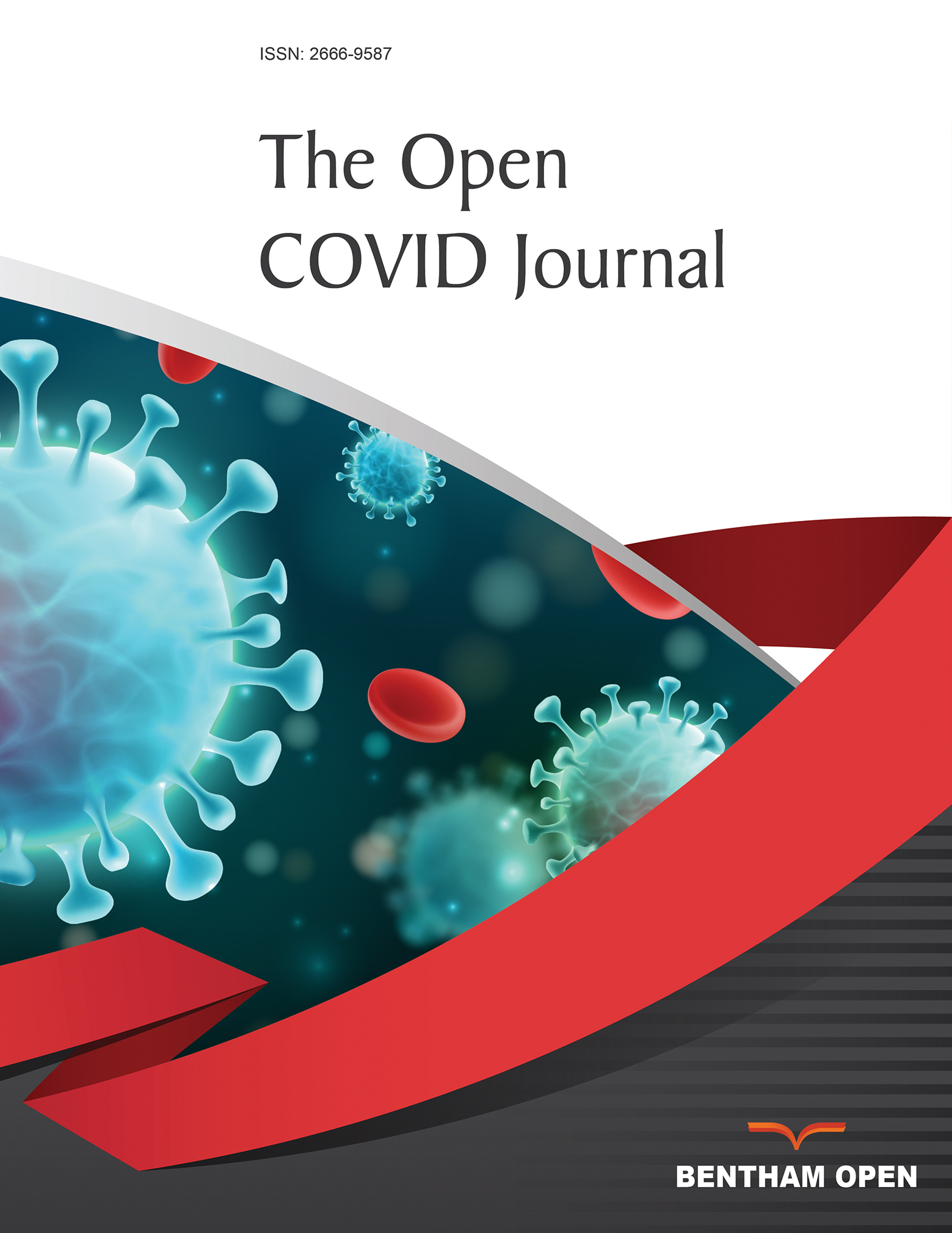All published articles of this journal are available on ScienceDirect.
COVID-19 Outbreak in India: A Review of Preventive Measures and Challenges during the First Wave
Abstract
Coronavirus disease 2019 (COVID-19) cases in India, the world's second most populous country, have been increasing rapidly in recent months, challenging India's ability to deal with this viral pandemic. The Government of India (GoI) and the States/UTs have taken a number of “pre-emptive, pro-active and graded” measures to prevent, contain, and manage COVID-19 in the country. These preventive measures and decisions taken by the GoI helped to stem the first wave of COVID-19 in the nation. Such measures and decisions were reviewed and monitored on a regular basis. The GoI followed a graded response approach, and ensured that there is no shortage of supplies of critical items, including medical Personal Protective Equipment (PPE), N95 masks, test kits, medications, and ventilators, across the country. The government ensured the establishment of COVID-19 hospitals at both the Center and the State to take care of the infected patients. Nations like India are at higher risk due to their large population density, inadequate infrastructure, and healthcare systems to satisfy extremely high demands.


